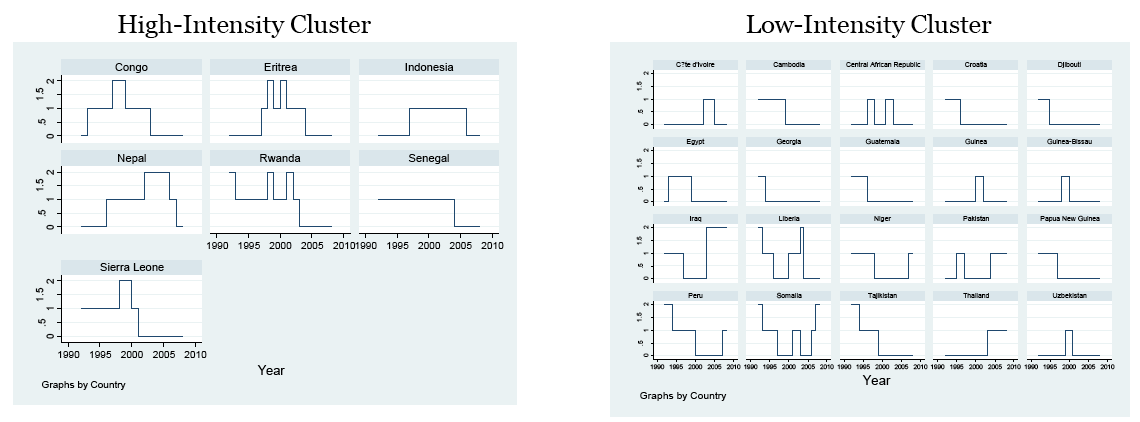Editor’s note: This post is part of a series showcasing Barcelona GSE master projects by students in the Class of 2015. The project is a required component of every master program.
Authors:
Ana Arencibia Pareja, Marina Conesa Martínez, Iuliia Litvinenko, and Ruth Llovet Montañés
Master’s Program:
International Trade, Finance and Development
Paper Abstract:
This paper evaluates the reaction of Indian firms’ equity prices to U.S. monetary policy changes during the period from 2005 to 2015, limiting the analysis to the days where monetary policy announcements took place. We find that a one percentage point permanent increase in Fed funds rate is associated with a 0.09% drop in equity prices, being this association large in economic terms. Results also show that the response of Indian companies is not homogeneous. For instance, we find that equity prices of companies with higher capital over total assets react less compared to firms with low capital levels, given the same U.S interest rate increase. Moreover, we also see that larger firms, proxied by the number of employees, will be less affected by the U.S monetary tightening. The same conclusions can be obtained when using EBIT over interest expenses, cashflows over sales and dividends per share. Besides, we show that stocks respond much stronger to monetary shocks in periods of contractionary interventions and higher global risk aversion. We propose firms to be better capitalized by holding more equity relative to loans and relying less on banks’ short-term external debt denominated. Finally, we also recommend them to have more liquidity, which goes in line with having a larger EBIT and bigger cashflows. However, we can definitely conclude that advanced economies should promote greater international policy cooperation and communicate their monetary policy intention. This would reduce the risk of large market volatility of Emerging Countries´ economies.
Presentation Slides:
[slideshare id=50496909&doc=us-monetary-policy-emerging-markets-150714064158-lva1-app6892]

